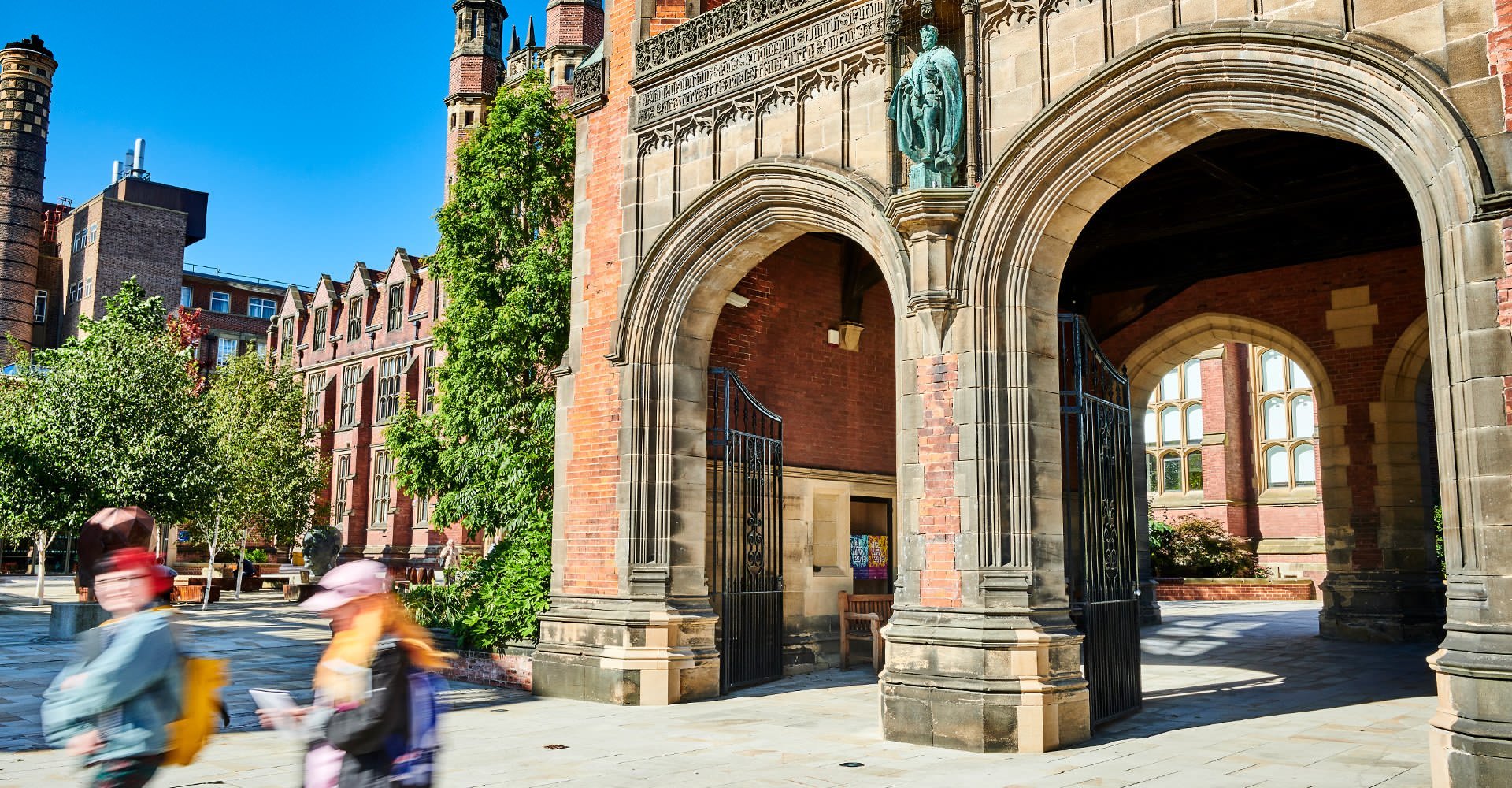PHY2036 : Thermodynamics & Statistical Mechanics
- Offered for Year: 2025/26
- Module Leader(s): Professor Jon Goss
- Lecturer: Dr Vasu Kalangi
- Owning School: Mathematics, Statistics and Physics
- Teaching Location: Newcastle City Campus
Semesters
Your programme is made up of credits, the total differs on programme to programme.
| Semester 1 Credit Value: | 10 |
| Semester 2 Credit Value: | 10 |
| ECTS Credits: | 10.0 |
| European Credit Transfer System | |
Aims
To enhance the students' knowledge of thermodynamics and to develop their understanding of how thermodynamics relates to other elements of physics.
To provide a knowledge and understanding of statistical mechanics and how this can be used to understand the behaviour of collections of large numbers of particles such as atoms, electrons, photons and phonons.
Outline Of Syllabus
Thermodynamics: Fundamental Laws and principles, entropy and conditions for equilibrium. Heat engines, heat pumps and refrigerators. The thermodynamic potentials, F, G and H and their use. Maxwell’s relations and techniques for the transformation of thermodynamic derivatives. Applications illustrating the utility of this theory including the cooling of gases; phase changes; attaining absolute zero; chemical reactions and equilibria, black holes and cosmology.
Statistical Mechanics: Foundational principles, microstates and macrostates. Statistical interpretation of entropy. S = k lnΩ. The Boltzmann distribution: the 2-level system, the harmonic oscillator and heat capacity of solids. The dilute gas: ideal monatomic and diatomic gases. Indistinguishability, fermions and bosons. Fermi-Dirac distribution with application of electrons in metals. The Bose-Einstein distributions with applications to black body radiation; the Einstein and Debye models of heat capacity of solids and Bose-Einstein condensation in liquid helium. Interacting systems and the Ising Model. A further review of principles underlying statistical mechanics: ergodic theory and discussion.
Teaching Methods
Teaching Activities
| Category | Activity | Number | Length | Student Hours | Comment |
|---|---|---|---|---|---|
| Guided Independent Study | Assessment preparation and completion | 30 | 1:00 | 30:00 | Completion of in course assessments |
| Scheduled Learning And Teaching Activities | Lecture | 4 | 1:00 | 4:00 | Revision Lectures |
| Scheduled Learning And Teaching Activities | Lecture | 40 | 1:00 | 40:00 | Formal Lectures |
| Guided Independent Study | Independent study | 126 | 1:00 | 126:00 | Preparation time for lectures, background reading, coursework review |
| Total | 200:00 |
Teaching Rationale And Relationship
Lectures are used for the delivery of theory and explanation of methods, illustrated with examples, and for giving general feedback on marked work. The teaching methods are appropriate to allow students to develop a wide range of skills, from understanding basic concepts and facts to higher-order thinking.
Assessment Methods
The format of resits will be determined by the Board of Examiners
Exams
| Description | Length | Semester | When Set | Percentage | Comment |
|---|---|---|---|---|---|
| Written Examination | 150 | 2 | A | 84 | N/A |
Other Assessment
| Description | Semester | When Set | Percentage | Comment |
|---|---|---|---|---|
| Prob solv exercises | 1 | M | 3 | Problem-solving exercises assessment |
| Prob solv exercises | 1 | M | 3 | Problem-solving exercises assessment |
| Prob solv exercises | 1 | M | 2 | Problem-solving exercises assessment |
| Prob solv exercises | 2 | M | 3 | Problem-solving exercises assessment |
| Prob solv exercises | 2 | M | 3 | Problem Solving Exercises Assessment |
| Prob solv exercises | 2 | M | 2 | Problem Solving Exercises Assessment |
Assessment Rationale And Relationship
A substantial formal unseen examination is appropriate for the assessment of the material in this module. The format of the examination will enable students to reliably demonstrate their own knowledge, understanding and application of learning outcomes. The assurance of academic integrity forms a necessary part of programme accreditation.
Examination problems may require a synthesis of concepts and strategies from different sections, while they may have more than one ways for solution. The examination time allows the students to test different strategies, work out examples and gather evidence for deciding on an effective strategy, while carefully articulating their ideas and explicitly citing the theory they are using.
The coursework assignments allow the students to develop their problem solving techniques, to practise the methods learnt in the module, to assess their progress and to receive feedback; these assessments have a secondary formative purpose as well as their primary summative purpose.
Reading Lists
Timetable
- Timetable Website: www.ncl.ac.uk/timetable/
- PHY2036's Timetable
